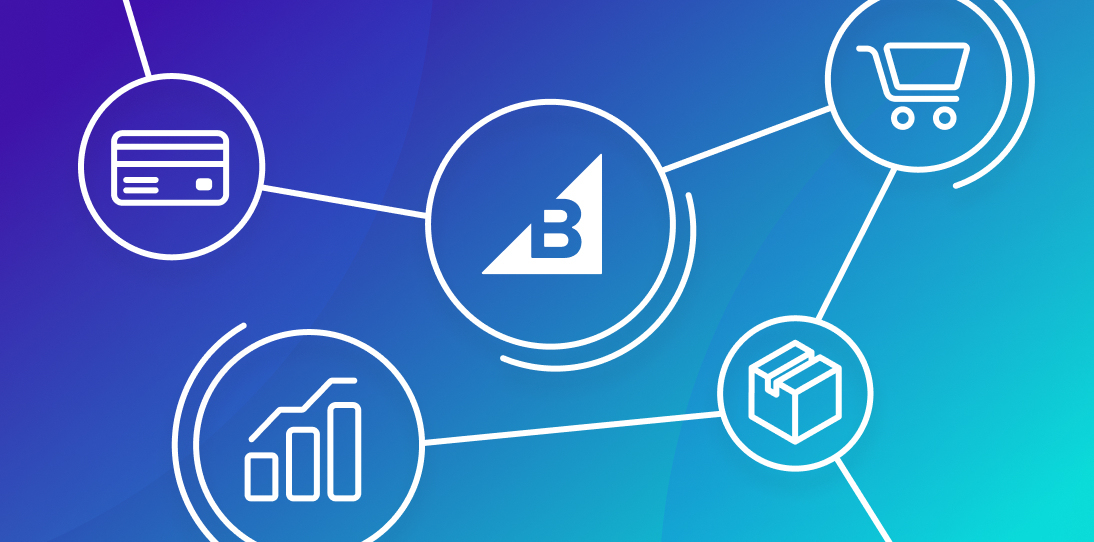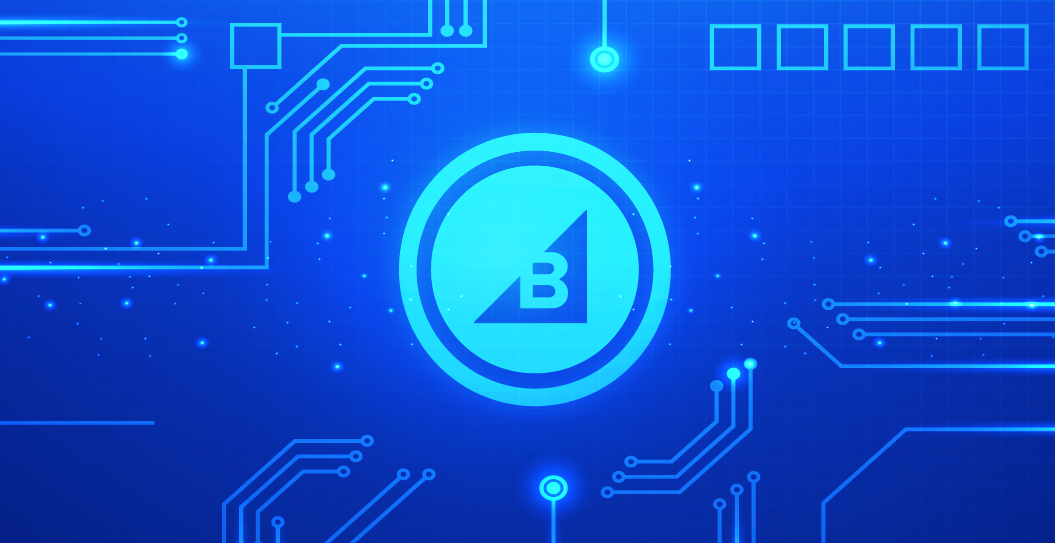- Enterprise
- Essentials
Ecommerce ERPs Empower Online Stores to Optimize Operations

If you’re running an ecommerce company, you’re probably intimately familiar with enterprise resource planning (ERP) platforms. ERPs have become ubiquitous in the ecommerce sphere, with SMBs joining enterprise companies at the table.
Broadly speaking, ecommerce ERPs are used for a variety of business management needs, from procurement to logistics to financial reporting. They enable businesses to automate processes, pull insights and streamline workflows.
A good ERP software enables ecommerce sites to operate more efficiently and deliver more, for less.
Globally, the ERP market is expected to reach $100 billion by 2025. It’s a huge market with many major players. It’s important for decision-makers to understand what ERPs can and cannot do before onboarding a new system.
How Ecommerce ERPs Elevate Existing Online Stores
For existing stores, the best ERP system can streamline workflows to create better processes and experiences for customers. You can leverage platforms to automate some processes or to perfect others. Integrated well, an ERP optimizes an ecommerce solution from top to bottom.
Types of ERPs to Consider
ERPs typically fall into one of three system models. The differences come in use and integration type. Most major ecommerce ERP providers and APIs such as Acumatica, SAP and Oracle NetSuite can handle any kind of integration.
Generalist.
These target a typical use that spans industries. Focus areas like financial management or procurement share similarities regardless of what industry they serve. They may lack in customization and can be fairly rigid, but are typically good for their intended need.
Modular.
As the name indicates, modular systems implement different components on an as-needed basis. You may only need part of a solution, which modular ERPs can deliver. They are typically used for specialized business needs and use cases.
ERP suites.
ERP suites bring several ecommerce systems and add-ons together into one, holistic application. These have broad uses and functionality and are typically used for complex organizations looking for an efficient solution.
Impactful Ways to Implement ERPs
Different needs will dictate where an ERP platform will live. While innovation often happens in the cloud, it’s not always a suitable location for core business functions. How rigid or customizable a solution is varies.
On-premise.
In this model, ERPs are located on servers owned and operated by the business. These are most often found in highly regulated industries like healthcare or finance, where data storage and protection are especially important.
Cloud.
Here, systems are placed on a third-party’s cloud-based servers, such as Amazon Web Services, Microsoft Azure or Google Cloud Services. Cloud ERPs are easier to set up and get off the ground, although costs are increasingly becoming a concern. For ease of use, this is a popular option.
Hybrid.
Hybrid models combine the two. More sensitive information, like financial records, may be stored on-premise and other core functions may be able to take advantage of the cloud. Companies with significant legacy modules may find this option appealing.
Best Time for Businesses to Implement ERPs
The easy answer is “now.” Of course, that’s not always reasonable. These are some factors that should be considered — and solved for — before launching a new ecommerce software.
Communication issues.
If you have a siloed business structure, this will be an issue. ERPs often impact the entire organization, so any change may impact everyone. There needs to be clear communication on what the system is, how it will affect employees or customers, and what the benefits are. Proactively engage with stakeholders and get their buy in before launch.
Messy manual work.
Not all integrations are easy. Sometimes they work great and slide right into your tech stack without a problem. Sometimes, they do not.
For engineers, there is often additional manual labor that must be done to ensure an effective integration. While long-term, ERPs typically pay off, there is short-term pain that is usually experienced.
No overview.
ERPs aren’t launch-and-forget solutions. They must be properly managed to ensure they’re working properly and connected systems are working correctly with them. Companies should ensure they have the resources and expertise available to support ERPs after launch.
Key ERP Features for Ecommerce Business Success
The specific requirements of ecommerce companies lead to unique job functions that can be handled by ERPs.
Finance.
Ecommerce happens in real time. Having an ERP capable of showing real-time information around orders, accounts payable and accounts receivable offers deep insights into how an ecommerce platform is performing. A good accounting software with a clear dashboard often pays for itself.
Customer relationship management (CRM).
New customers are good — and returning customers are even better. Managing that relationship with a CRM allows ecommerce websites and apps to build leads and increase sales. Developing a robust contact list means better customer satisfaction, additional touch points and more opportunities to spread your message.
Inventory management.
Integrated inventory management keeps inventory levels up to date in real time, wherever merchandise is located. You’ll know where all your inventory is and if it is in transit or at rest, at all times. It removes much of the headaches from supply chain management.
Shipping, distribution and warehouse management.
Logistics and order management are highly complicated, but a good ERP can help remove much of the chaos. From calculating shipping costs to creating a label to order processing, an ERP can automate everything and provide communication to the customer. This eases the burden on the company and provides a better customer experience.
Product information management (PIM).
PIM solutions simplify multi-channel sales, enabling companies to easily sell on multiple platforms. Instead of creating and maintaining listings on several sites, a PIM allows for a single source of truth that can be edited to update across all channels.
Why Integrating an ERP Benefits Online Businesses
ERPs leverage the full power of the digital transformation to empower online companies to fully leverage modern technologies like automation and AI. They help companies efficiently manage mundane responsibilities, freeing them to focus on more impactful work.
Better user experience.
Ecommerce customers want an easy, streamlined purchase experience that makes checkout easy and delivery quick. ERPs can improve each step to give buyers an experience dictated by customer preference.
Pricing management.
Especially when operating in an omnichannel environment, having easy pricing control is paramount. Being able to quickly change prices across all channels with just a few clicks saves time and money. For some ecommerce companies, automating pricing in relation to market factors maximizes revenue.
Create a centralized, integrated data hub.
An ERP integration done right breaks down data silos and enables data to be shared across the enterprise. Creating a single source of truth for data means opportunities to create insights into what’s working with your business - and what’s not.
Improved reporting and forecasting.
A centralized view of your data means you can see factors like sales orders, finance, logistics and procurement data side by side and identify relationships between them all. Historical and real-time data are more complete and demand forecasting is more accurate.
Increase operational efficiency and productivity.
Logistics and operations are hard, but an automated ERP solution removes many of the pain points. Sharing data between systems and removing manual inputs creates streamlined processes that get more things done, quicker.
Tighten inventory control.
Real-time inventory visibility is critical to avoid stock-outs and ensure robust supply. Improved supply chain and warehouse efficiency streamlines sourcing processes and better sales forecasting optimizes inventory costs.
Optimize the omnichannel experience.
Omnichannel sales are highly complicated, with one product potentially being offered on dozens of platforms. Having a consistent and coherent experience, with accurate product descriptions, are vital for providing a quality customer experience.
The Final Word
The bigger an ecommerce company gets, the more complicated operations get. A good ERP ecommerce integration enables businesses to scale and grow by finding efficiencies and improving processes, making them ideal for large and small businesses.
Both customer-facing and back-office workflows are eligible for enhancements — and all result in a stronger business.
FAQs About Ecommerce ERP
What is the difference between ERP and CRM?
An ERP is a software solution that improves business processes. Customer Relationship Management (CRM) solutions manage how a customer interacts with your company.
Are ERP and ecommerce the same thing?
No they are not. ERPs are enablers of ecommerce platforms.
How do APIs and ERPs work together?
ERPs need APIs to enable programs to access data. APIs serve as a sort of intermediary between ERPs and applications that request data.



